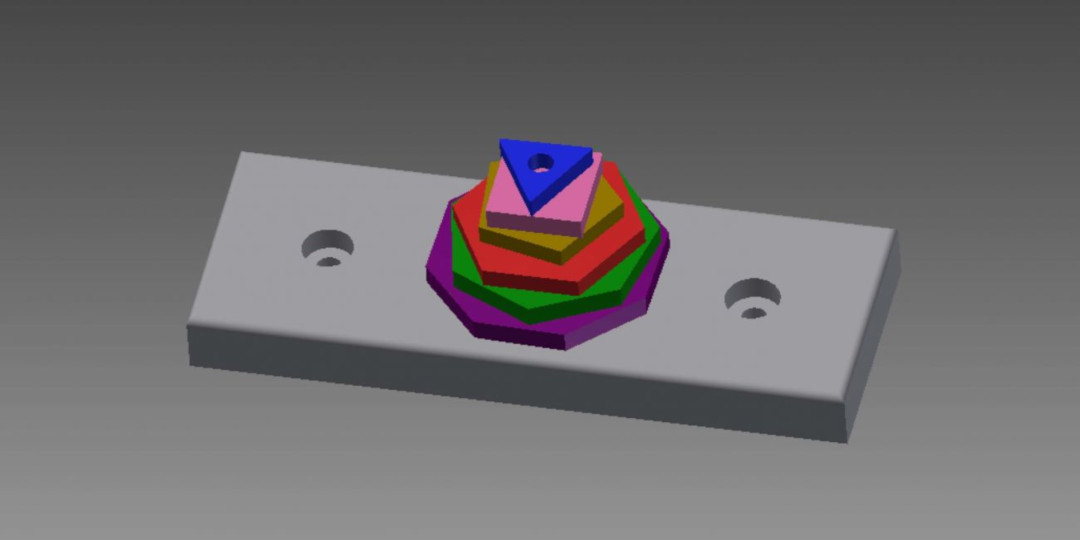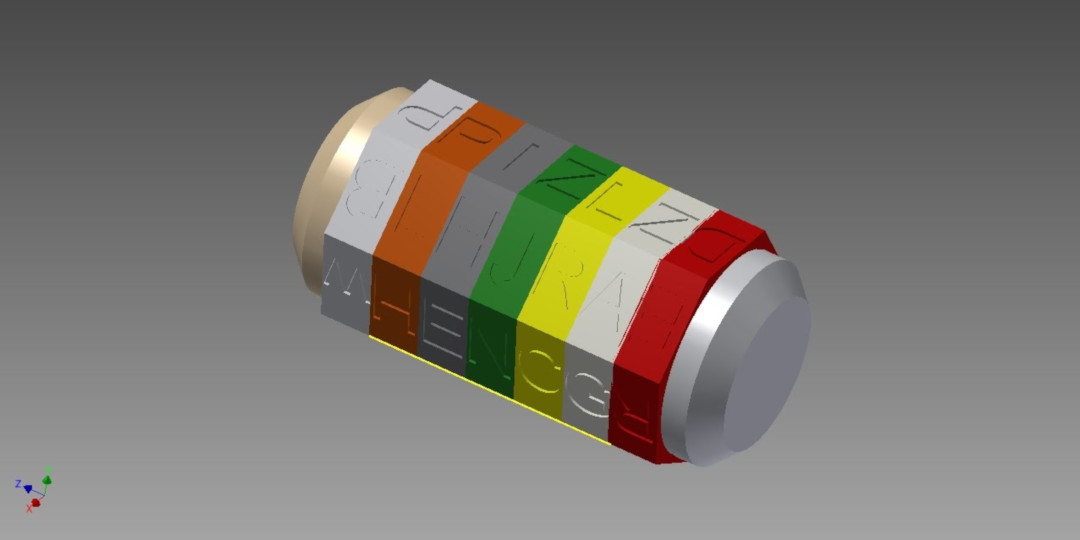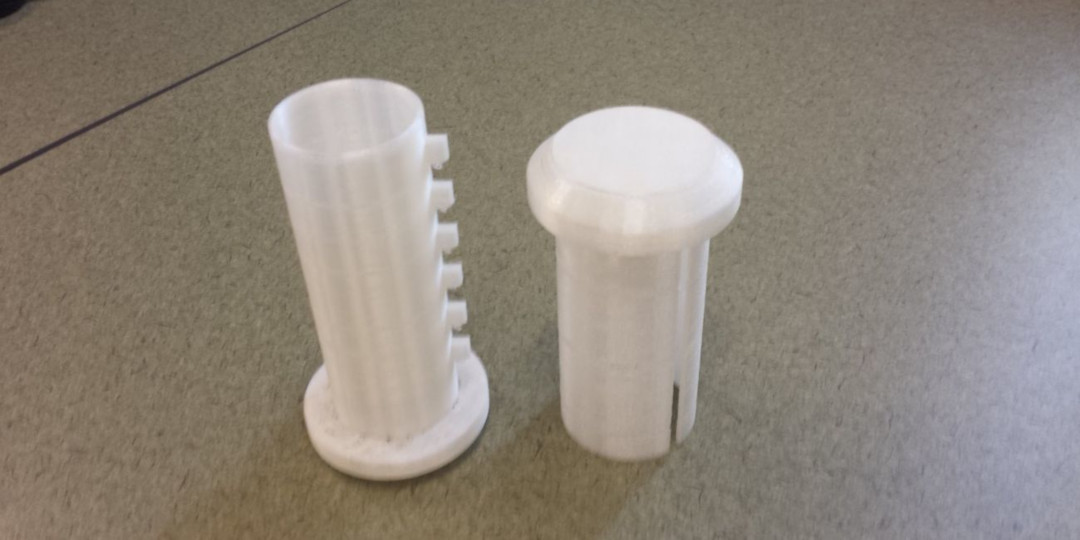Pioneer Andreas Kaiser writes about the power of puzzles in the classroom and how recreating or designing puzzles is a perfect fit for his engineering students.
Kids love puzzles. In one of my former lives I taught high school math to students who hated math. Every single one of my 100+ students had failed their last math class, and most had never passed a math class in their lives. They were convinced that they would always hate math, and I was starting to believe them. Then one day I brought in my puzzles, and things changed. Even my lowest performing students were engaged. They loved working together to solve (or even just trying to solve) these puzzles. I have been using puzzles in my classes ever since.
Although I no longer teach math, my engineering students also love solving these puzzles. Last year, I decided to challenge my students to create their own puzzles and 3D print them. We had just gotten our new Ultimaker 2 3D printer, and I thought it would be a great way to practice their new CAD skills and test out the printer. After playing with my collection of puzzles, I had students choose a puzzle to duplicate. They first made hand drawings of all the puzzle pieces and used a caliper to accurately measure and dimension the parts.
Original puzzle used for measurements
They then modeled the puzzle pieces in CAD (Autodesk Inventor).
Inventor drawing of one of the parts
Then students created an assembly file of all the parts to verify everything would fit before 3D printing. One of my most popular puzzles in my collection is the Towers of Hanoi. Two of my students decided to help me by creating another one for my collection. They decided to change the shapes of the puzzle from circles to various polygons.
Assembly of Towers of Hanoi parts
My more advanced students heavily modified the existing puzzles or created their own original puzzles. One of the teams decided to create a Cryptex - a puzzle box from Dan Brown’s Da Vinci Code. They used a thingiverse model as their guide, but created all the parts in inventor from scratch.
Cryptex Puzzle CAD assembly
This was an ambitious class project and we ran out of time before we could print all the models. Fortunately my two Cryptex students have returned this year and will continue printing the rest of their parts for a new project.
3D printed Cryptex main body
I have partnered with two of my school’s math teachers and we hope to have our students join forces to create an “escape the room” project. My students will create 3D puzzle boxes like the Cryptex that will house secret codes that the math students will design. The codes will divulge the next clue that is needed to “escape” from the room. I am excited to introduce a new generation of students to the joys of puzzles.




























